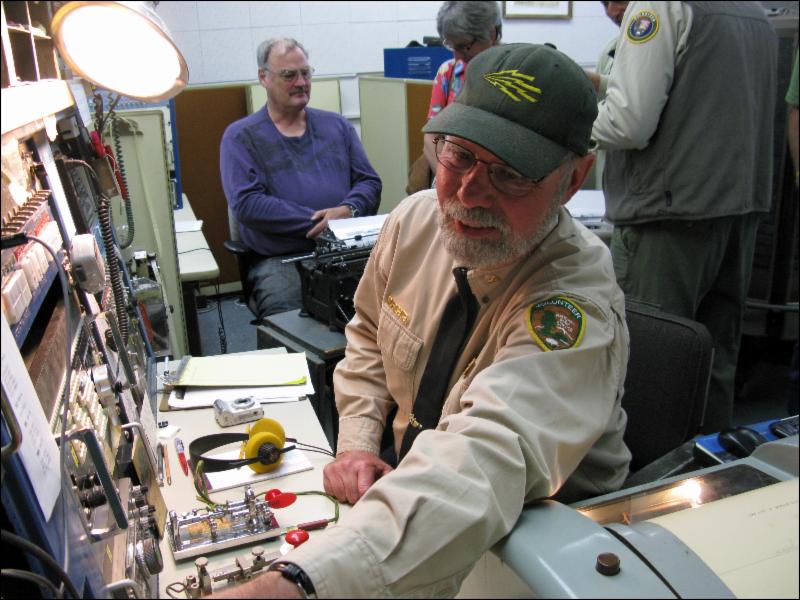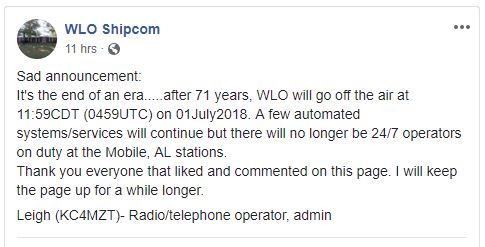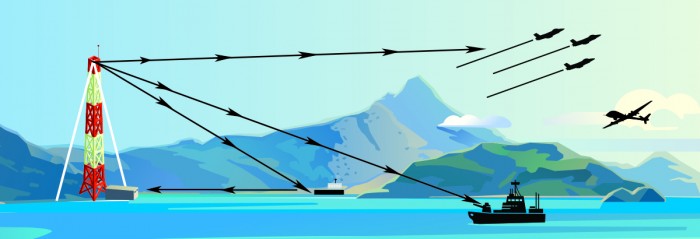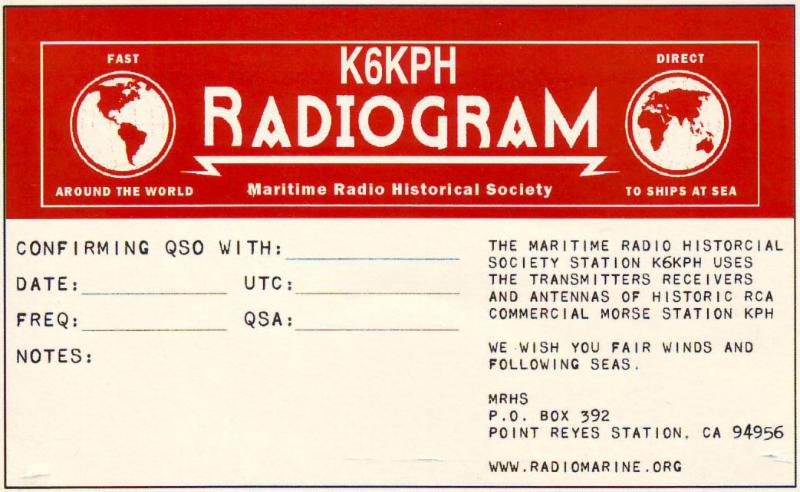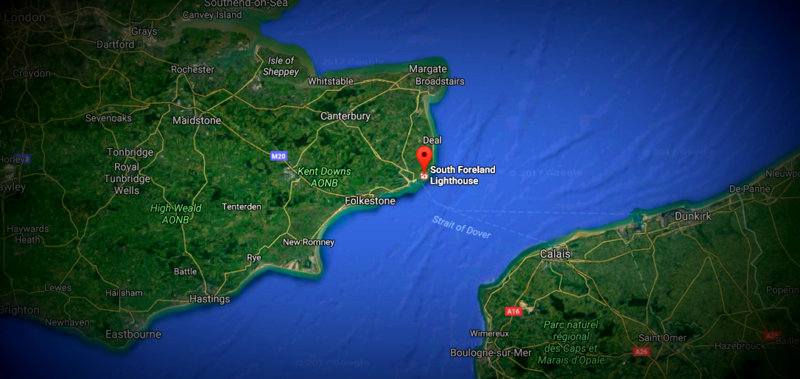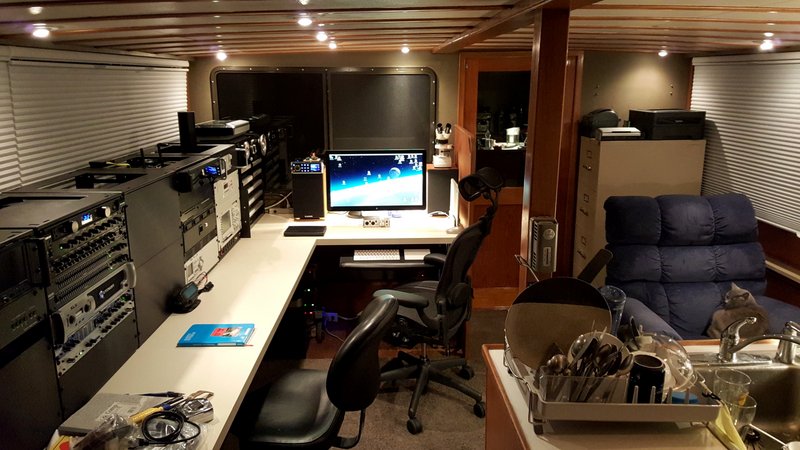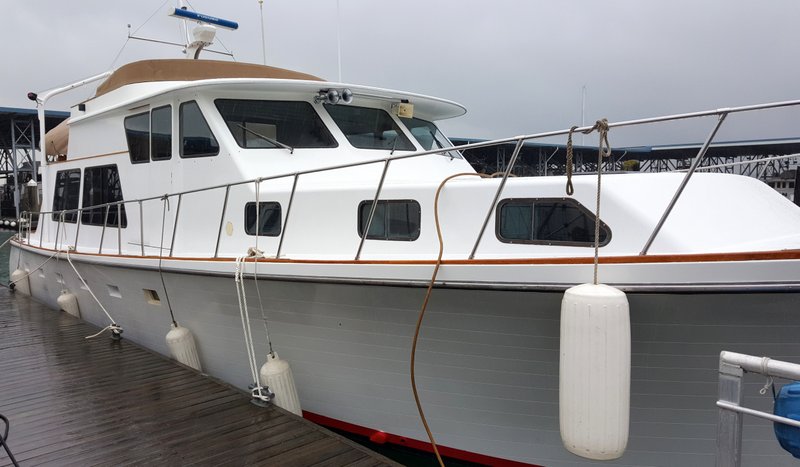Many thanks to SWLing Post contributor, Brian Smith (W9IND), who writes:
The cast may be smaller than in previous years, but the “Night of Nights” nostalgia show will go on. At 8:01 p.m. Eastern Time today (0001 UTC July 13), two maritime CW stations operated by the Maritime Radio Historical Society will begin transmitting Morse code on shortwave and medium wave bands, while the Society’s amateur radio station will be active on four ham bands.
Venerable KPH will reappear tonight in the company of KFS and ham station K6KPH, all transmitting from a century-old Marconi site at Bolinas, California. They’ll be directed from a 1930 RCA station at 17400 Sir Francis Drake Boulevard in Point Reyes National Seashore. Several previous participants will be absent this year, including ship-to-shore powerhouse WLO of Mobile, Alabama, and a quartet of Coast Guard stations.
The annual July 12 event commemorates the date in 1999 when commercial Morse code operations ceased in the United States. One year later, “Night of Nights” debuted in a defiant declaration that maritime CW stations would not go gentle into that good night.
Typically, the two 5 kw coast stations transmit “code wheels” (repeating messages), personal messages, and tributes to long-gone maritime stations and operators, remaining on the air till at least 0700 UTC. And K6KPH will not only be heard, but contacted by fellow amateur radio stations. A list of KPH, KFS and K6KPH frequencies can be found at www.radiomarine.org, including those used by ships. Reception reports go to P.O. Box 392, Point Reyes Station, CA 94956.
The public is welcome to observe today’s event and tour the facility at Point Reyes. Doors open at 3 p.m. local (Pacific) time, and Morse aficionados are invited to operate K6KPH. Whisper the words “true believer” for a peek at the Treasure Room!
https://www.nps.gov/pore/planyourvisit/events_nightofnights.htm
For a comprehensive list of frequencies please click here.
Many thanks for the notice, Brian! We’ll tune in!

